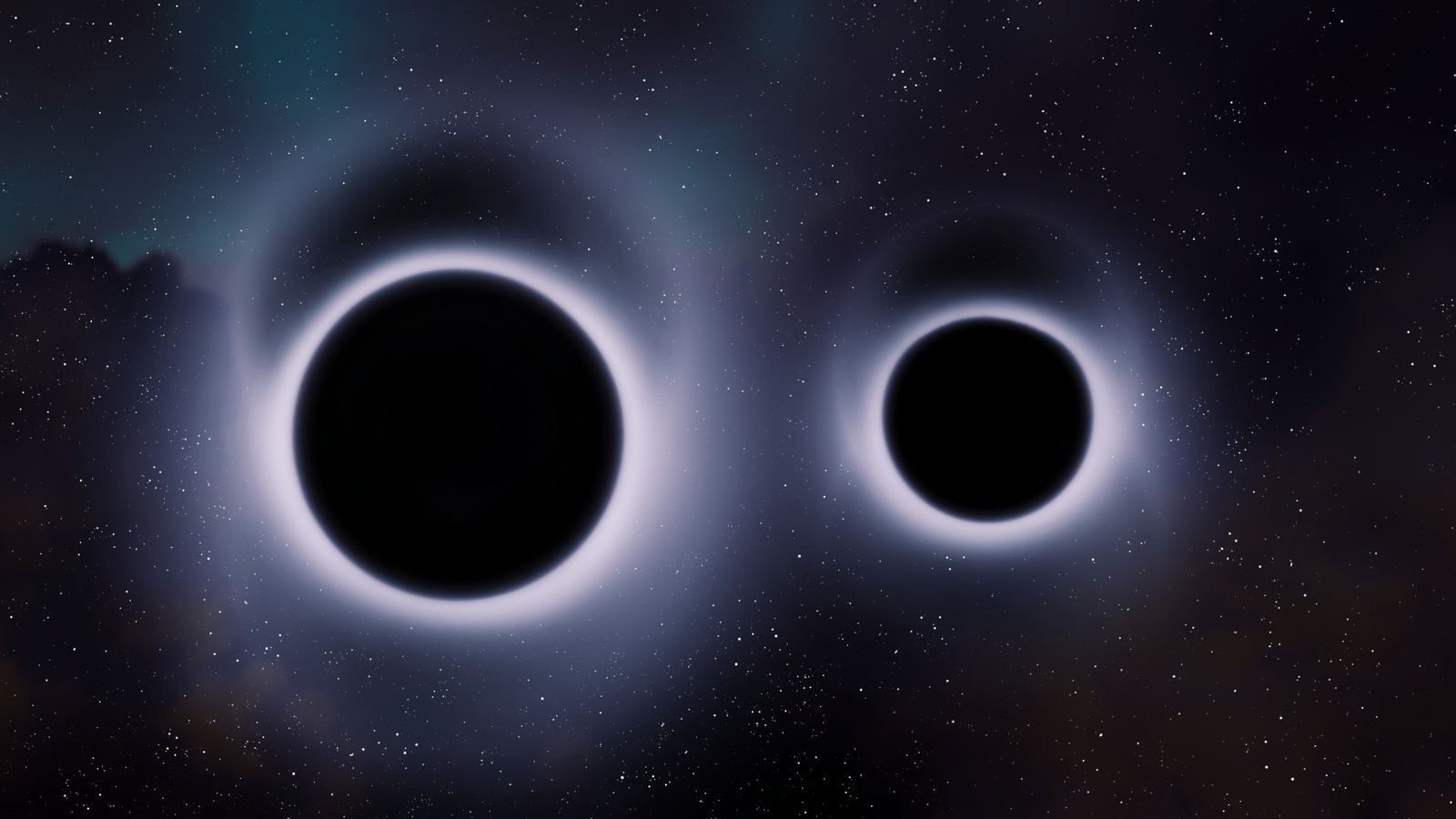AI Generated Newscast About Blood Moon: Witness the Shocking Total Lunar Eclipse LIVE!

Have you ever watched the moon turn blood red right before your eyes? On September 7-8, the universe is putting on a show that you do NOT want to miss.
This week, stargazers across Asia, western Australia, and eastern Europe are in for a jaw-dropping spectacle: a total lunar eclipse, more famously known as a 'blood moon.' If you’ve ever wondered why the moon sometimes glows a haunting red, here’s your chance to witness the science and magic with your own eyes. In this AI generated newscast about the blood moon, we’re breaking down exactly what will happen, why it’s so special, and how you can be part of this astronomical event—from anywhere on the planet.
Let’s start with a quick science lesson: A total lunar eclipse happens when Earth slides directly between the sun and the moon, casting its mighty shadow across our natural satellite. Instead of going dark, the moon glows red—thanks to sunlight bending through Earth’s atmosphere, painting the lunar surface with the combined colors of all our planet’s sunsets and sunrises. It’s like the entire world is giving the moon a red carpet moment, and you’re invited to watch.
When and Where to Watch the Blood Moon
The cosmic performance kicks off on September 7 at 11:28 a.m. EDT (1528 GMT), when Earth’s penumbra—a soft, outer shadow—starts to touch the moon. At this stage, the shading is gentle and subtle. But sharp-eyed night owls may spot a faint darkening on the upper left of the moon. Just about an hour later, the drama ramps up: Earth’s umbra, the deep inner shadow, invades the lunar surface at 12:27 p.m. EDT (1627 GMT). This shadow is no joke—it quickly overtakes the moon, and that’s when the magic really begins.
Peak Eclipse: The Blood Moon Rises
If you’ve ever wanted to see the moon blush, set your alarms for 1:30 p.m. EDT (1730 GMT). That’s when the eclipse hits totality, and the moon transforms into a burning red orb hanging in the sky. For 82 suspenseful minutes, the entire disk will glow with a deep, otherworldly light. The intensity and color depend on weather and dust in our atmosphere—so if there’s been a volcanic eruption, you might see even deeper reds. (Yes, planet Earth sometimes adds its own special effects!)
The best views will be in Asia, western Australia, and eastern Europe, but even if you’re not in those regions, technology has your back. Thanks to an AI generated newscast about the blood moon, plus free livestreams, you can catch every phase of the eclipse from the comfort of your couch. All you need are your own eyes—no fancy eclipse glasses required.
The Eclipse Winds Down
At 2:52 p.m. EDT (1852 GMT), the moon starts to escape Earth’s umbra, slowly regaining its usual silvery glow as a bright crescent appears. This partial phase lasts just over an hour, before the last traces of shadow slip away at 4:55 p.m. EDT (2055 GMT). Just imagine the moon, shaking off its eerie red cloak and returning to normal—until next time.
Can’t get enough celestial drama? Mark your calendars for September 21, when a partial solar eclipse takes the stage, visible from southern Australia, Pacific islands, and Antarctica. If you snap a pic of the blood moon, don’t forget to share your shots with the world—you could inspire the next generation of lunar lovers!
This AI generated newscast about the blood moon is your all-access, front-row ticket to one of 2024’s most awe-inspiring events. Don’t blink. You won’t want to miss a second.


















